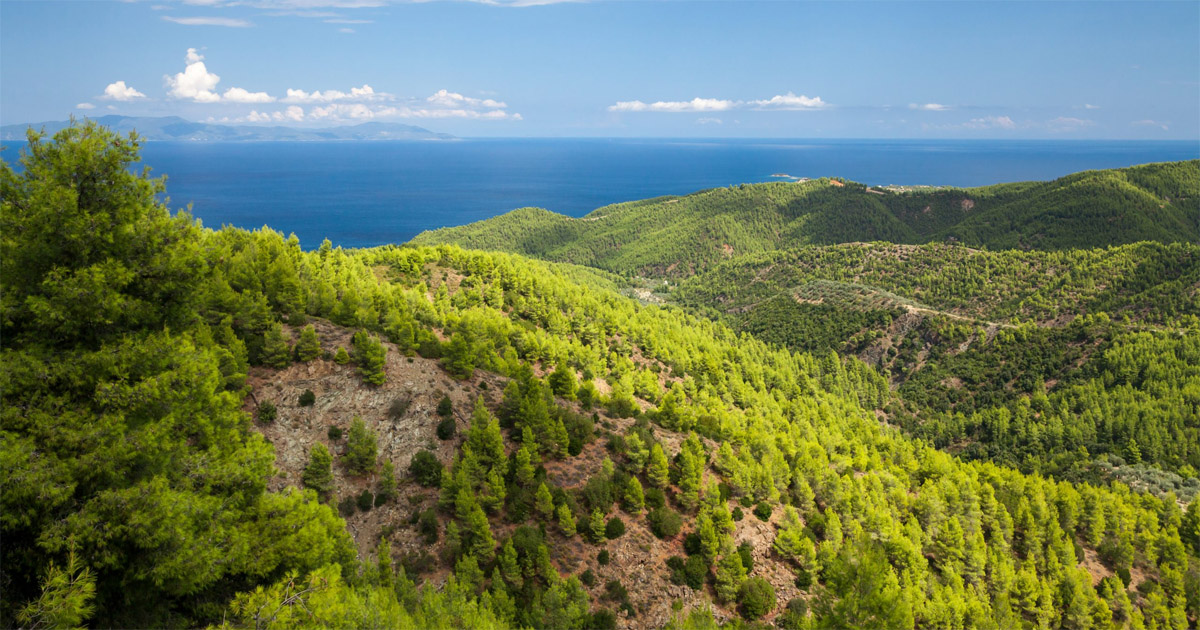Research and trainings related to reduced-impact logging have been conducted in CIFOR Malinau Research Forest (MRF), East Kalimantan since 1998. Indonesian selective logging and planting system (called TPTI: Tebang Pilih Tanam Indonesia) is a current silvicultural system in Indonesia. It is stipulated that all dipterocarps (i.e timber trees in family Dipterocarpaceae) with a diameter at 1.3 m in dbh (diameter at breast height) over 50 or 60 cm can be harvested with a polycyclic felling schedule of 35 years. However sustainable forest management in Indonesia is still long way to go. Harvesting intensity in Indonesian dipterocarps forest exceed 100 m3/ha and more than 10 trees/ha. Conventional logging generally damages more than 50% of the original stand. Several experiments in mixed dipterocarps forests have demonstrated that RIL techniques can reduce damage by at least 30-50% compared with normal operation, also called conventional logging. Training, close supervision and proper planning are among others required by RIL technique. Based on RIL results studies in Borneo, some silvicultural rules are suggested: (1) there is a need for simple and practical prescriptions which limit the densities of trees harvested to 8 per hectare, (2) a minimum spacing distance between harvested trees (35-40 m), (3) single tree gap formation from harvesting using directional felling, (4) a maximum (as well as a minimum) dbh limit for harvesting (60 - 100 cm dbh). Considering these results, Ministry of Forestry has issued a decree, SK No. 274/VI-PHA/2001 that all timber company in Indonesia should implement RIL in their concession. This is an example of impact from the field/local to the national policy. However, detail technique guide should be more described following this decree. Also rewards and punishment to the logging company should be well implemented.
Download:
Año de publicación
2006
Autores
Priyadi, H.; Gunarso, P.; Sist, P.; Dwiprabowo, H.
Idioma
English
Palabras clave
logging, Dipterocarpaceae, mixed forests, improvement fellings, forest management, sustainability, capacity building, selective felling, logging effects, damage, economics, tropical forests, harvesting
Geográfico
Indonesia



















